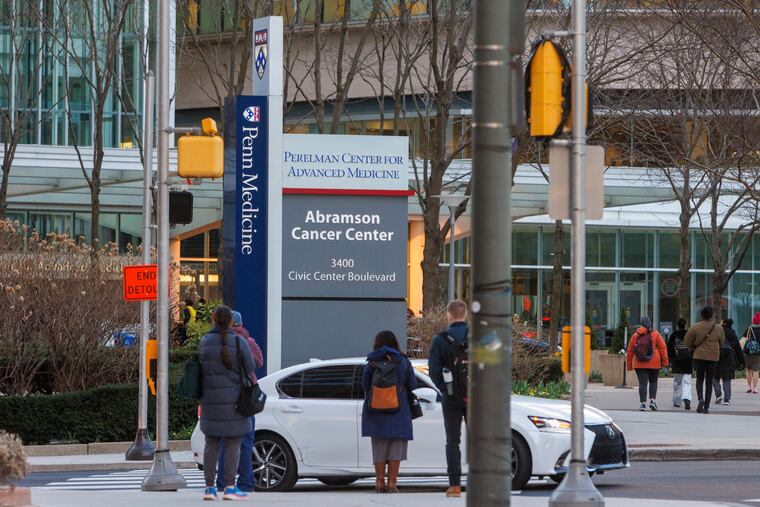Penn Medicine added an extra $80 million to medical malpractice reserves in the third quarter of fiscal 2024
The charge was more than offset by the $129 million the University of Pennsylvania Health System received for federal drug settlement.

The University of Pennsylvania Health System has reserved an extra $80 million for future medical malpractice costs in the quarter that ended March 31, the nonprofit reported Wednesday.
The reserve, in addition to the typical $25 million the Philadelphia system sets aside each quarter, was increased not just because of last year’s extraordinary $183 million jury award to a child born with severe brain damage at the Hospital of the University of Pennsylvania.
“Generally, we’re seeing pressure across the entire medical malpractice space as more and more large awards come out of Philadelphia,” health system chief financial officer Keith Kasper said. “Cases that used to be $500,000 are now a million” in damages.
Penn reported $205 million in operating profit in the first nine months of fiscal 2024, up from $160 million a year ago. That’s because the system received $129 million from a federal settlement involving a discount drug program in the quarter.
Other highlights:
Revenue: Penn’s patient revenue rose 8.7% to just over $7 billion in the quarter. Kasper said demand is strong across the board, citing increased emergency department visits and surgeries specifically. Total revenue climbed 9.2%, to more than $8 billion, including the drug settlement cash.
Expenses: Employee benefits were the fastest-rising expense category reported by Penn, up nearly 12%. In addition to surging expenses for weight-loss drugs, Kasper said overall health-care utilization started increasing last fall and continued into the first three months of this year. He said that’s common throughout the region.
Notable: Penn’s long-term goal is for the health system to have a 4% operating margin before it transfers money to its owner, the University of Pennsylvania, to support education and research in the medical school. Its margin was at 2.5% in the most recent quarter, which was aided by the drug settlement.
“We don’t have it in our five-year forecast to get back to 4%,” said Kasper, who will become the health system’s chief administrative officer on July 1. “The prices that we’re getting from Medicare and Medicaid and the commercial payers [are] not ample enough to offset what we’re seeing on the expense side.”